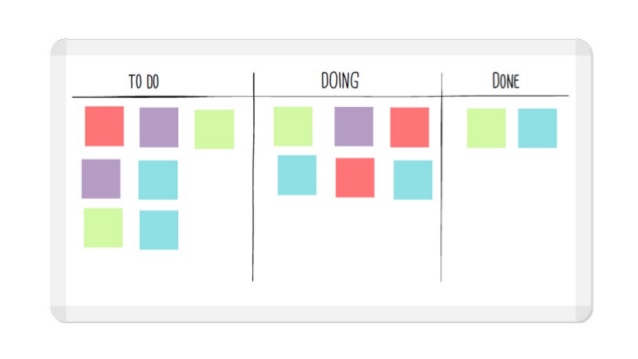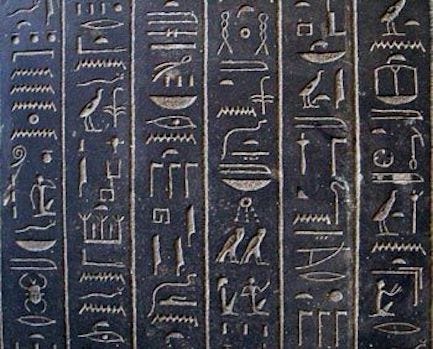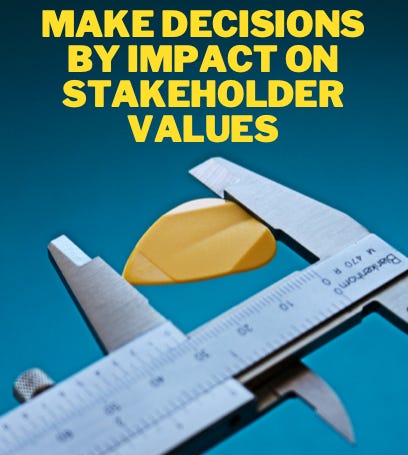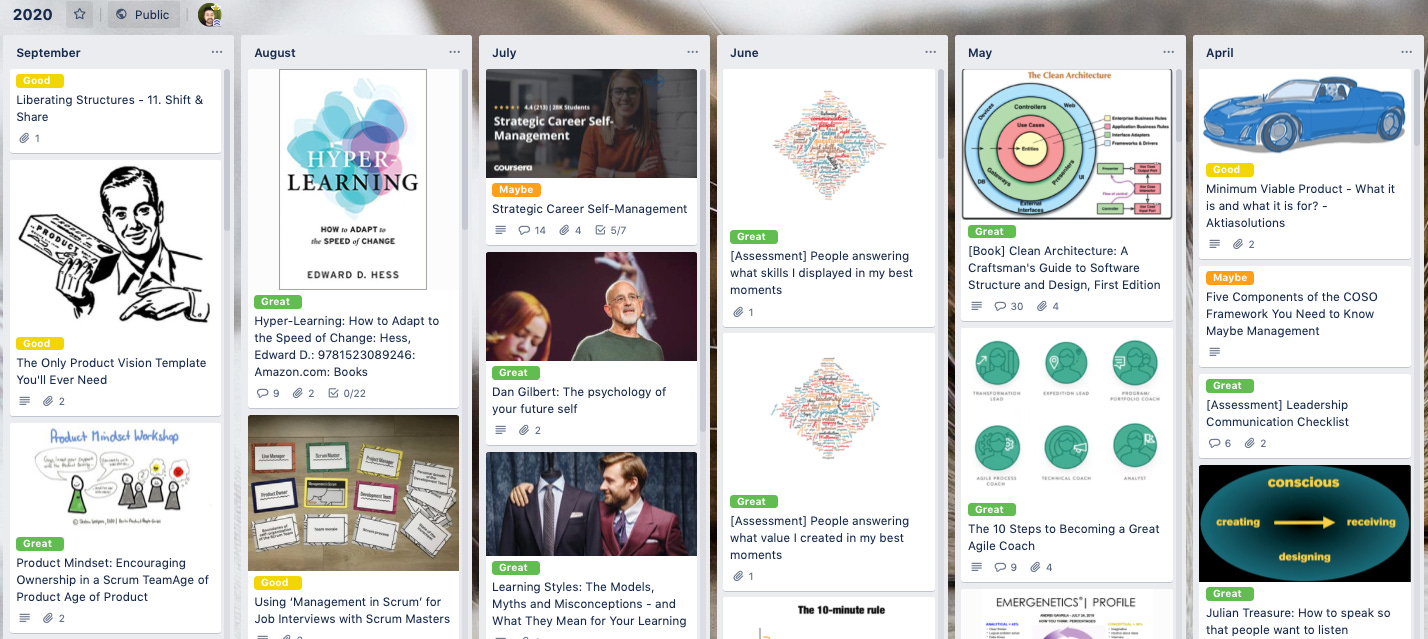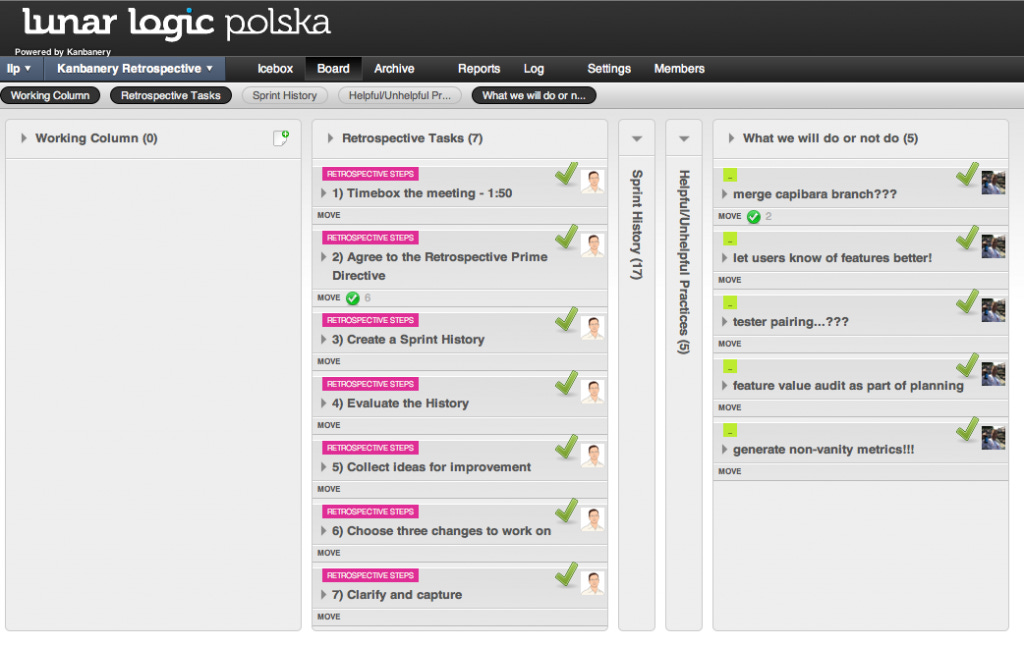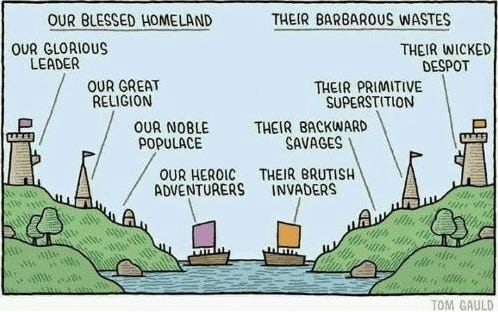If you want to do something, but you’re stuck it might be because you lack clarity about the exact outcome you’d like to make happen and the concrete action you need to take to get there.
When?
It might be when you’re spinning your wheels on your own …
… or when you’re caught in an endless planning meeting.
Either way clarifying can help.
Clarify to reduce the risk of unpleasant surprises — if things are unclear, you’re unlikely to get what you want.
Clarify to get unstuck — ambiguity is a major driver of procrastination.
How?
First clarify the outcome:
Pick a topic that’s important to you and let’s do it right now.
Question 1: And what would you like to have happen?
Your answer: ……………………………….
Question 2: How will you know that it happened?
Describe direct sensory experiences. What will you be able to see, hear, touch, smell or taste?
This sounds simple, but it can be surprisingly hard. Our heads are full of abstract concepts that we equate with reality and we don’t often look at the world without that lense. And while all those concepts are essential for us to function in the world, it’s a powerful skill to be able to look at the ground reality beneath.
For example:
I want to improve usability.
I will know I have improved usability when the system is easier to use.
What does easier look like? What does it sound like? Can you touch easier? Can you smell it?!
How about: Given a task and 5 users, at least 4 of them complete the task within 10 seconds.
Now that’s something you can see. Start the clock. Go. Task complete. Where is the seconds hand?
It might feel pedantic at first — but I promise — it will pay dividends.
Ok, back to your topic: How will you know that it happened?
Your answer: ……………………………….
Finally we’re ready for question 3: Why is this important to you?
A key part to provide motivation for actually following through with the plan.
Or deciding it’s not worth doing after all!
Your answer: ……………………………….
Then clarify the action:
It should be pretty easy now.
In a group context ask: Who? What? When?
In an individual context ask: What is the next concrete action I need to take?
Your answer: ……………………………….
Clear?
Go on, do it 🙂
* Seal image by Alan Campbell via Unsplash.com.

